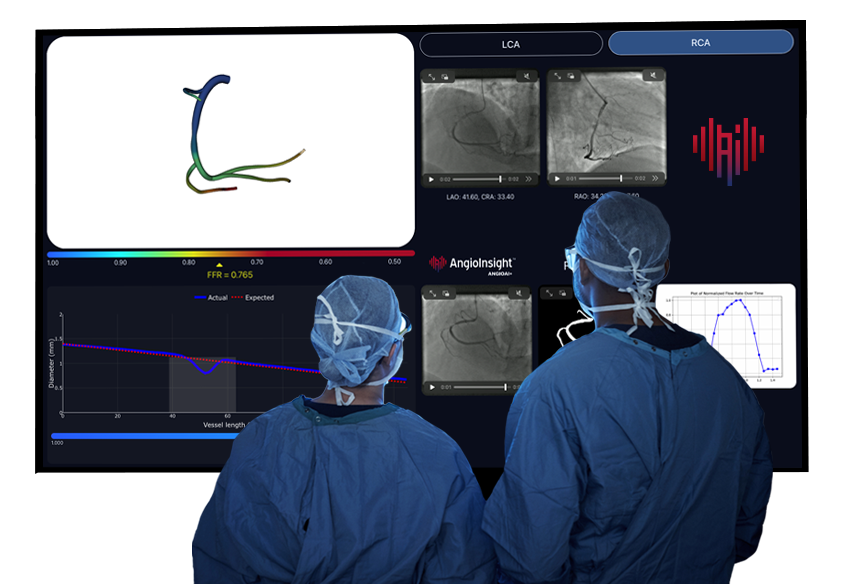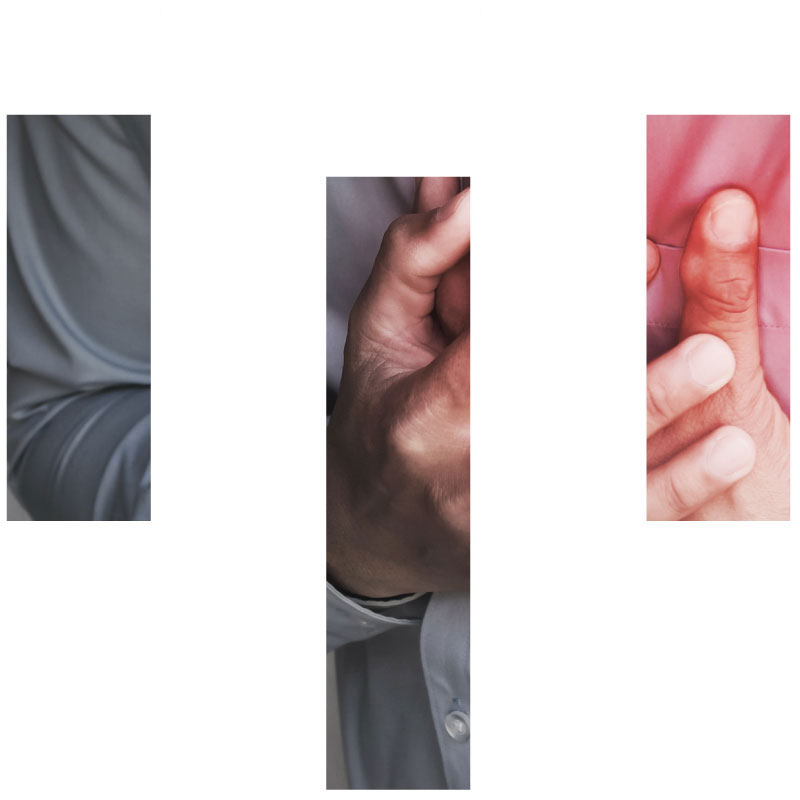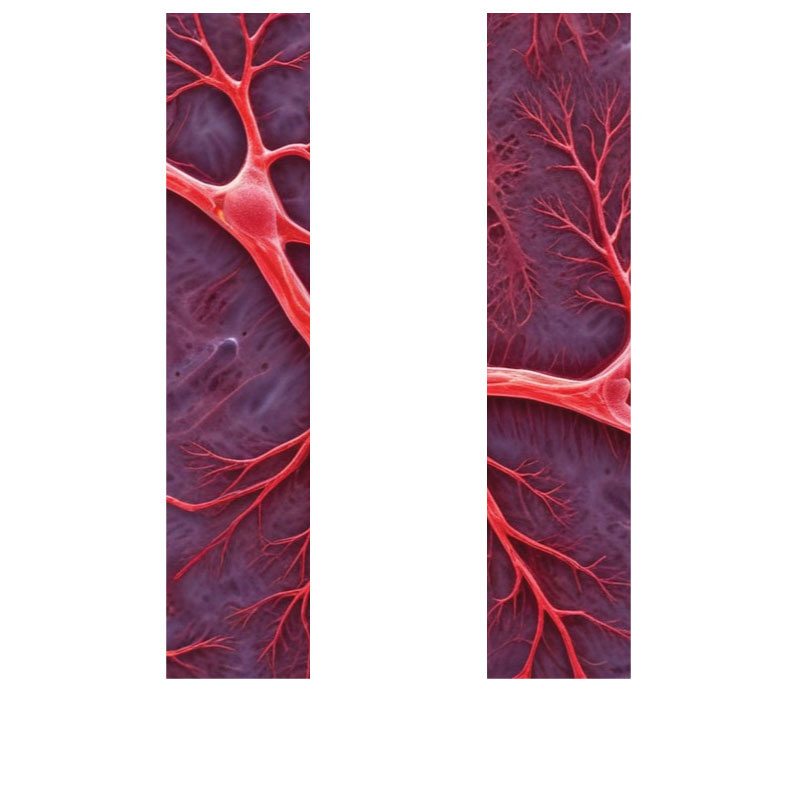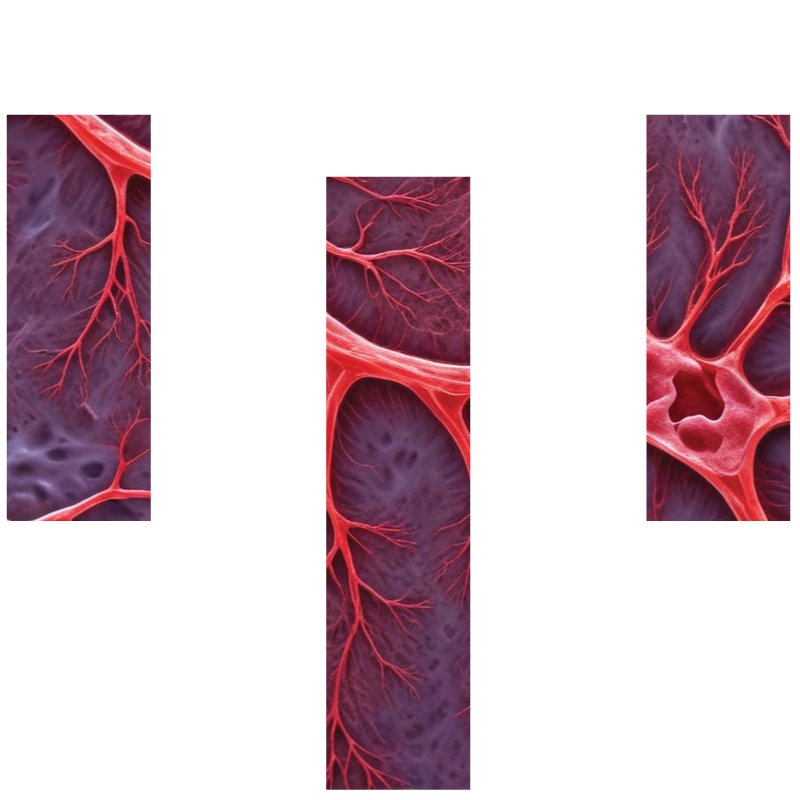AngioInsight improves clinical outcomes by using precise AI diagnosis and optimal management for both coronary artery and microvascular disease, aiming to reduce the cost of care through AI’s accuracy and efficiency.
Bringing AI
Precision to Angiography
-
Bringing AI Precision to Angiography in Real-Time
-
Anatomical & Functional Assessment of CAD
-
Detection of Coronary Microvascular Disease

Current Challenges We Address
Coronary Artery Disease (CAD)
- Leading Cause of Death: CAD remains the #1 killer.
- Prevalence: Over 20.5 million U.S. adults suffer from CAD, making it the most common form of heart disease.1
- Diagnostic Inaccuracy:
- Over 2.2 million CAD patients undergo angiography annually to evaluate blood vessel blockages.2
- Nearly 2 million of these patients receive a diagnosis based on subjective physician visual assessments of angiograms.3




Coronary Microvascular Disease (CMD)
- Diagnostic Challenges: CMD is difficult to identify due to nonspecific symptoms such as chest pain, shortness of breath, and fatigue, which overlap with other cardiac conditions.
- Limitations of Angiography: This method often fails to detect abnormalities in small blood vessels.
- Underdiagnosis and Misdiagnosis: CMD is frequently underdiagnosed or misdiagnosed, leading to treatment delays, particularly in women.

